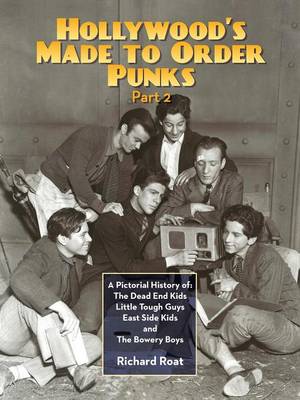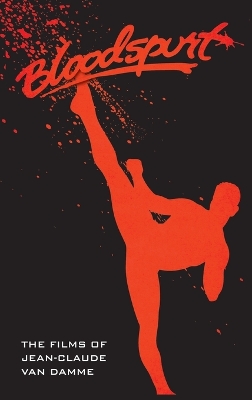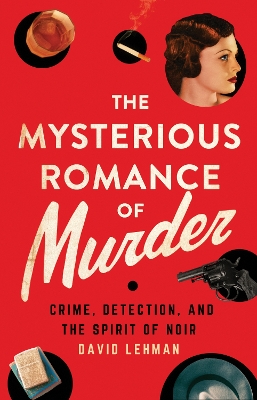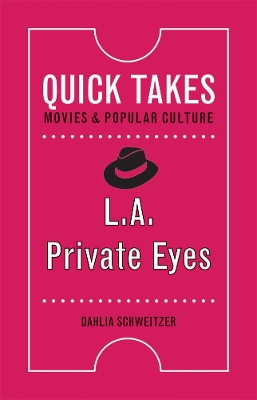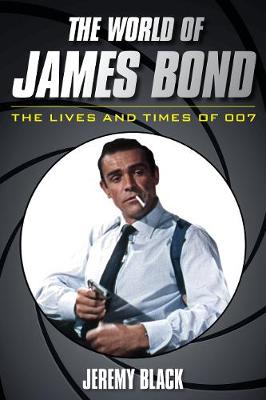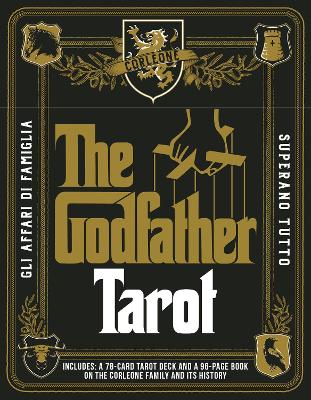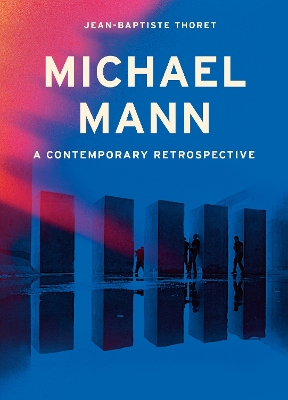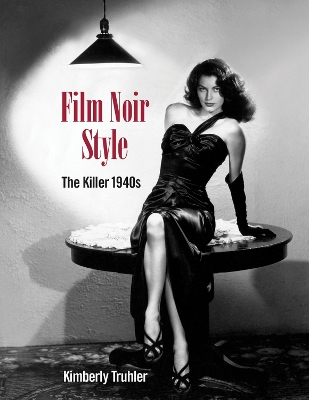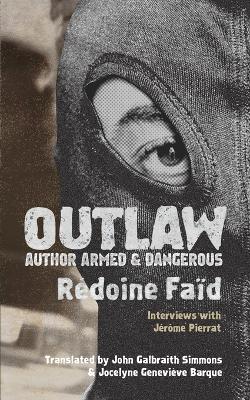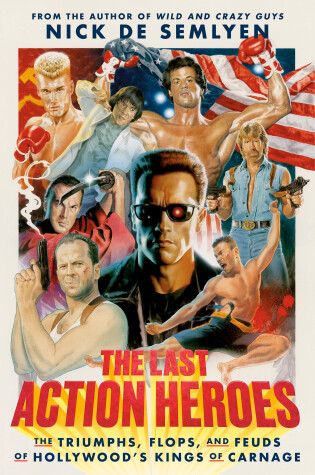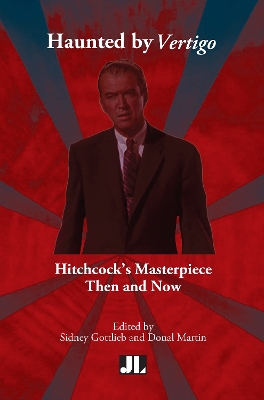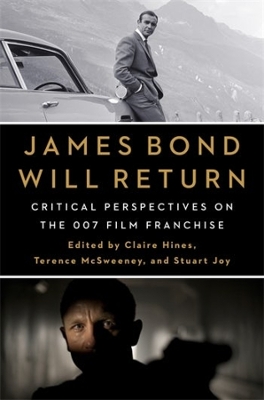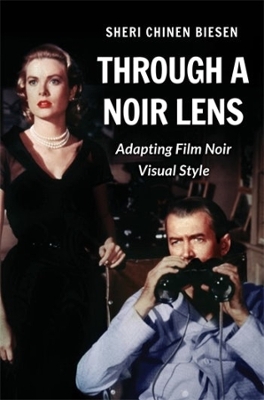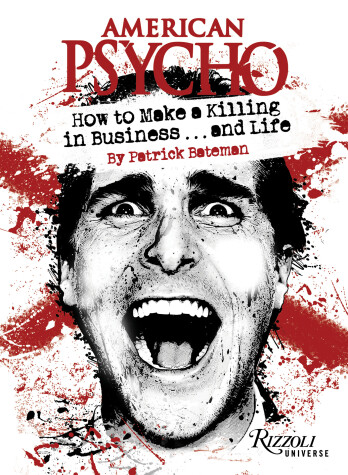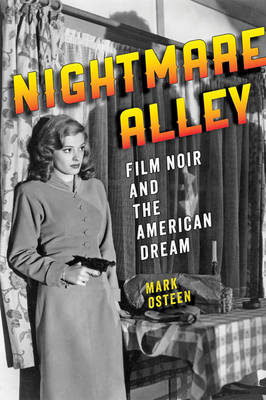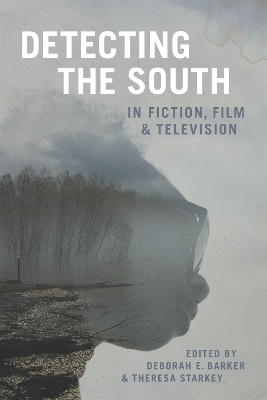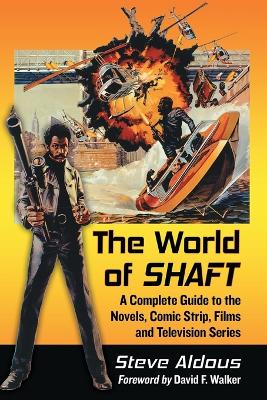From Sherlock Holmes to Sam Spade; Nick and Nora Charles to Nero Wolfe and Archie Goodwin; Harry Lime to Gilda, Madeleine Elster, and other femmes fatales—crime and crime solving in fiction and film captivate us. Why do we keep returning to Agatha Christie's ingenious puzzles and Raymond Chandler's hard-boiled murder mysteries? What do spy thrillers teach us, and what accounts for the renewed popularity of morally ambiguous noirs? In The Mysterious Romance of Murder, the poet and critic David Le...
L.A. Private Eyes (Quick Takes: Movies and Popular Culture)
by Dahlia Schweitzer
L.A. Private Eyes examines the tradition of the private eye as it evolves in films, books, and television shows set in Los Angeles from the 1930's through the present day. It takes a closer look at narratives-both on screen and on the printed page-in which detectives travel the streets of Los Angeles, uncovering corruption, moral ambiguity, and greed with the conviction of urban cowboys, while always ultimately finding truth and redemption. With a review of Los Angeles history, crime stories, an...
Beginning with a general overview of film noir and covering its most important themes chapter by chapter (lovers plan murder, corrupt police, doomed love, psychological noir, etc.), this coplously illustrated handbook provides instant and in-depth access to the film noir genre for amateurs and aflclonados alike. Among the films covered are these "top ten": Double Indemnity, Kiss Me Deadly, Gun Crazy, Criss Cross, Detour, In A Lonely Place, T-Men, Out of the Past, The Reckless Moment, and Touch o...
Sleeping Trees at the Movies: Mafia? Western? Sci-Fi?
by Sleeping Trees
From 2014 to 2018, character comedy trio Sleeping Trees challenged themselves to bring the big screen to the stage, paying homage and reinventing gangster, western and sci-fi movies for audiences across the country. This book recounts how these shows were made, stories from when they were on tour, the trio’s unique approach to devising fringe comedy, as well as the original scripts of the three award-winning plays. Mafia? Sleeping Trees deliver their version of every gangster film they’ve ever...
This book presents an insightful and thoroughly entertaining exploration of the political context of the Bond books and films. Jeremy Black offers a historian's interpretation from the perspective of the late 2010s, assessing James Bond in terms of the greatly changing world order of the Bond years-a lifetime that stretches from 1953, when the first novel appeared, to the present. Black argues that the Bond novels-the Fleming books as well as the often-neglected novels authored by others after F...
Resisting James Bond
Beginning with Casino Royale (2006) and ending with No Time to Die (2021), the Daniel Craig era of James Bond films coincides with the rise of various justice movements challenging deeply entrenched systems of inequality and oppression, ranging from sexism, racism, and immigration to 2SLGBTQIA+ rights, reproductive justice and climate change. While focus is often placed on individual actions and institutional policies and practices, it is important to recognize the role that culture plays within...
During his career, Michael Mann has drawn a singular and innovative line within the Hollywood industry. The Last of the Mohicans, Heat, Revelations, Ali, Collateral, Miami Vice, and even Public Enemies, have reshuffled the cards of American cinema to the point of making Mann one of the most important filmmakers of the last thirty years. Born in 1943 in Chicago, Michael Mann made Thief, his first film, in 1981. He went on to revolutionize television writing with the series Miami Vice and, in 199...
Film Noir Style: The Killer 1940s looks at the fashions of the femmes fatales who were so good at being bad, and the suits and trench coats of definitive noir actors such as Humphrey Bogart and Alan Ladd. Film and fashion historian Kimberly Truhler explores twenty definitive film noir titles from 1941 to 1950 and traces the evolution of popular fashion in the decade of the '40s, the impact of World War II on home-front fashion, and the influence of the film noir genre on popular fashion then and...
The behind-the-scenes story of the action heroes who ruled 1980s and ’90s Hollywood and the beloved films that made them stars, including Die Hard, First Blood, The Terminator, and more. “Entertaining . . . This is a book that makes you ache for the days when the movie screen belonged not to men who dress in superhero capes but to those who lift weights.”—Washington Examiner A NEWSWEEK BEST BOOK OF THE YEAR The Last Action Heroes opens in May 1990 in Cannes, with Arnold Schwarzenegger and Syl...
Haunted by Vertigo
For over six decades, James Bond has been a fixture of global culture, universally recognizable by the films’ combination of action set pieces, sex, political intrigue, and outrageous gadgetry. But as the British Empire entered the final stages of collapse, as the Cold War wound down and the “War on Terror” began, and as the visions of masculinity and femininity the series presented began to strike many viewers as outdated, the Bond formula has adapted to the changing times. Spanning the franchi...
Film Fiends shares known and lesser-known stories of Hollywood films and the stories behind them, including Psycho, The Silence of the Lambs, The Texas Chain Saw Massacre, Monster, My Friend Dahmer, Zodiac, Helter Skelter, Once Upon a Time in Hollywood, The Night Stalker, The Amityville Horror, and many others. It features the unforgettable stories of films that fall under the categories of murder, madness, scandal, serial killings, cannibalism, skulduggery, and more.
Shadows. Smoke. Dark alleys. Rain-slicked city streets. These are iconic elements of film noir visual style. Long after its 1940s heyday, noir hallmarks continue to appear in a variety of new media forms and styles. What has made the noir aesthetic at once enduring and adaptable? Sheri Chinen Biesen explores how the dark cinematic noir style has evolved across eras, from classic Hollywood to present-day streaming services. Examining both aesthetics and material production conditions, she demons...
Since its release in 2000, the film American Psycho has been lauded as a searing, campy send-up of toxic masculinity, 1980s materialism, and a hilariously twisted classic of the horror genre. American Psycho s How to Get Ahead in Business by Patrick Bateman is a darkly fun source of macabre wisdom, advice, and (literal) lifehacks. Patrick Bateman advises on how to get that coveted reservation at Dorsia, how to handle situation when work bleeds into personal life, and providing tips and tricks on...
Vigilante Justice in Society and Popular Culture (The Fairleigh Dickinson University Press Law, Culture, and the Humanities)
No filmmaker has more successfully courted mass-audience understanding than Alfred Hitchcock, and none has been studied more intensively by scholars. In Hidden Hitchcock, D. A. Miller does what seems impossible: he discovers what has remained unseen in Hitchcock's movies, a secret style that imbues his films with a radical duplicity. Focusing on three films Strangers on a Train, Rope, and The Wrong Man Miller shows how Hitchcock anticipates, even demands a "Too-Close Viewer." Dwelling within us...
Desperate young lovers on the lam (They Live by Night), a cynical con man making a fortune as a mentalist (Nightmare Alley), a penniless pregnant girl mistaken for a wealthy heiress (No Man of Her Own), a wounded veteran who has forgotten his own name (Somewhere in the Night) - this gallery of film noir characters challenges the stereotypes of the wise-cracking detective and the alluring femme fatale. Despite their differences, they all have something in common: a belief in self-reinvention. Nig...
Detecting the South in Fiction, Film, and Television (Southern Literary Studies)
Detecting the South in Fiction, Film, & Television, edited by Deborah E. Barker and Theresa Starkey, examines the often-overlooked and undervalued impact of the U.S. South on the origins and development of the detective genre and film noir. This wide-ranging collection engages with ongoing discussions about genre, gender, social justice, critical race theory, popular culture, cinema, and mass media. Focusing on the South, these essays uncover three frequently interrelated themes: the acknowledgm...
Mention Shaft and most people think of Gordon Parks' seminal 1971 film starring Richard Roundtree in a leather coat, walking the streets of Manhattan to Isaac Hayes' iconic theme music. But the black private dick who inspired the blaxploitation film genre actually made his debut on the printed page as the creation of a white novelist. Ernest Tidyman was a seasoned journalist down on his luck when he decided to try his hand at fiction. Shaft was the result, giving Tidyman the break he was lookin...
